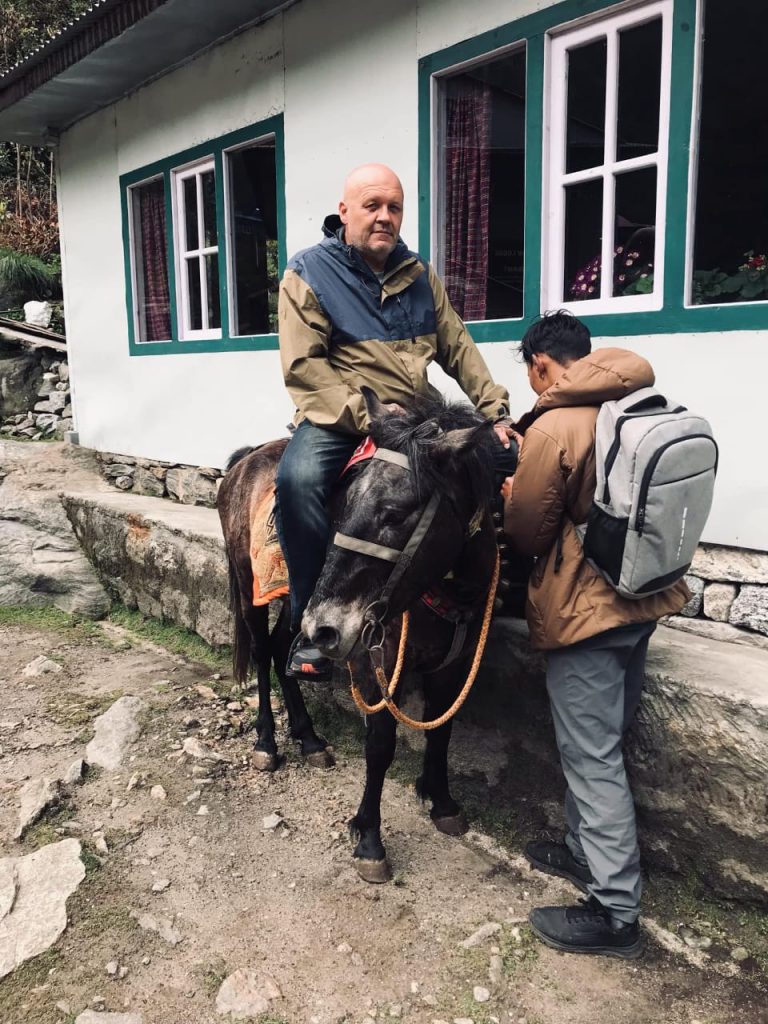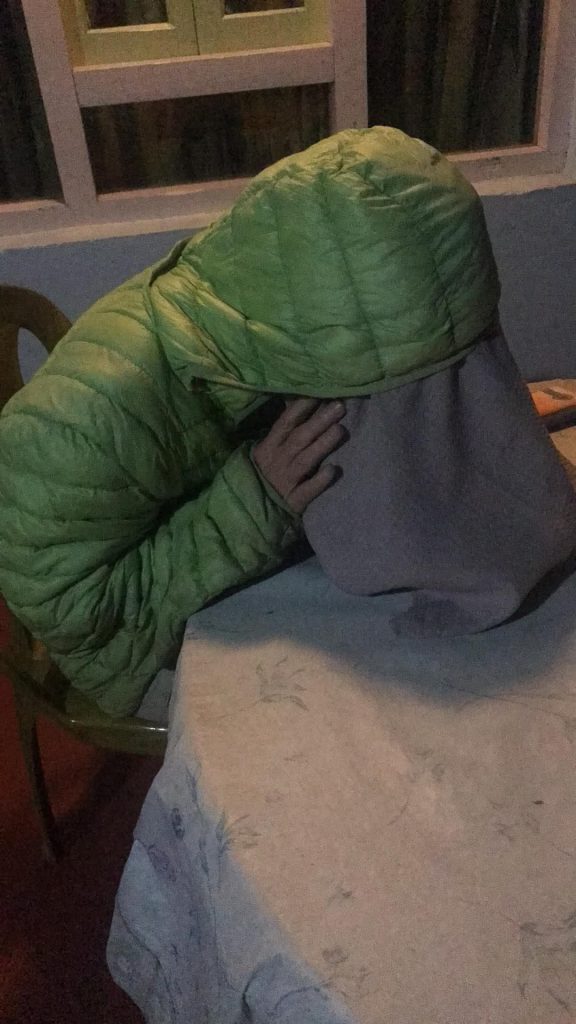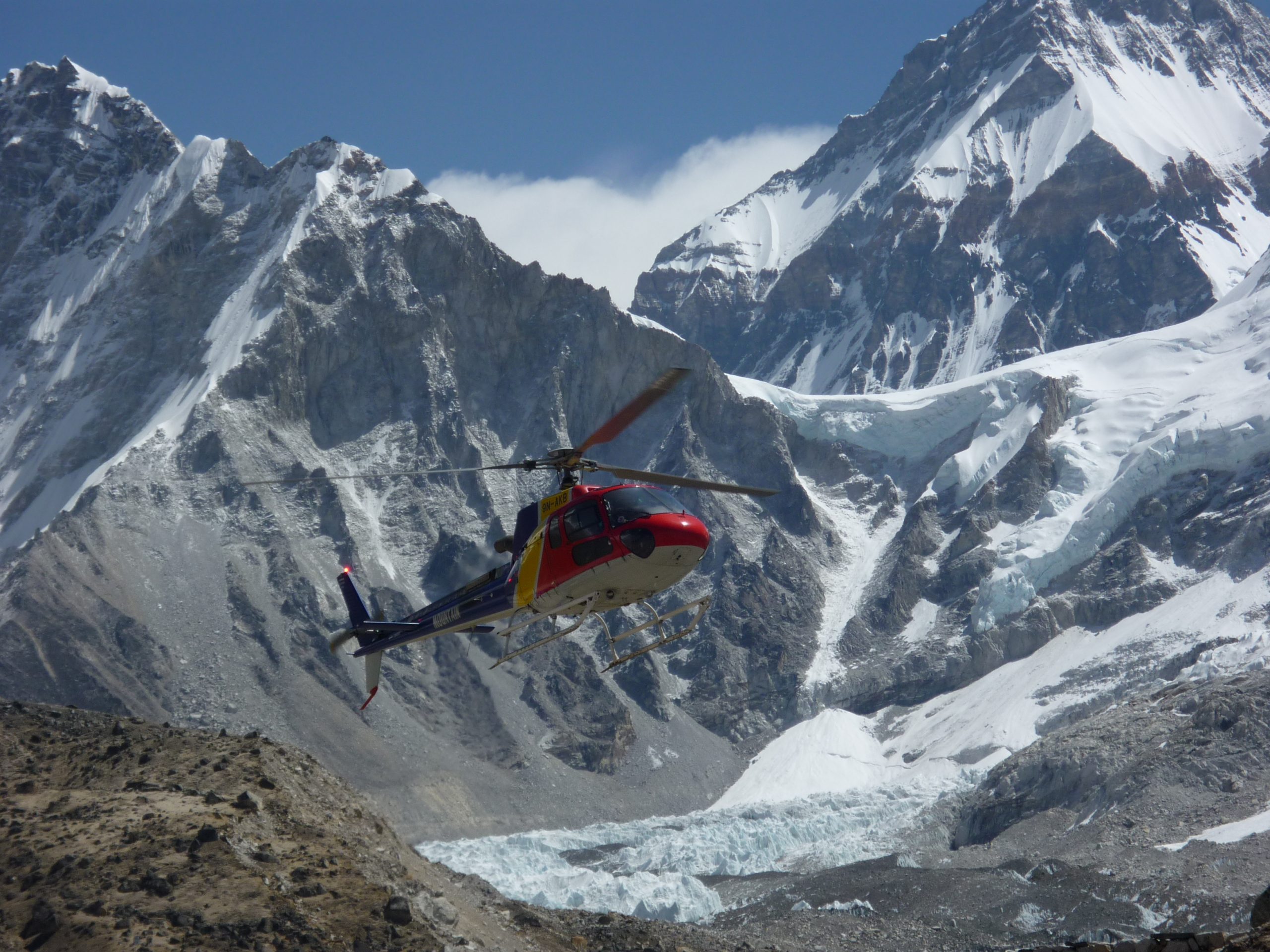Behind the Scenes of Medical Emergencies in Nepal’s Trekking Trails: What Every Visitor Must Know – Medical Emergencies in Nepal
Discover how Medical Emergencies in Nepal and helicopter rescues are handled during treks and tours. Learn from past fraud cases, current SOPs, and why insurance coverage is essential for every traveler.

In the high altitudes of Nepal’s majestic Himalayas, adventure often meets unpredictability. While trekking through the rugged landscapes of Everest, Annapurna, Langtang, or the remote Dolpo regions, the reality of sudden illness or injury can strike, transforming an awe-inspiring journey into a critical situation. In such times, swift, well-managed rescue operations can mean the difference between life and death.
Over the years, Nepal has evolved its emergency response mechanisms significantly — especially following the 2018 helicopter rescue fraud scandal. That scandal, which involved inflated insurance claims and unnecessary evacuations orchestrated by unscrupulous trekking companies, triggered a government crackdown. Regulations were revised. Rescue flights were brought under stricter control. Now, every emergency flight must be approved by relevant authorities and accompanied by full documentation—an effort to restore transparency and protect both the visitors and the nation’s reputation.
Today, when a medical emergency arises in the mountains, the process begins with the local sardar — an experienced trek guide who leads the group on the trail. Together with the tour leader, they assess the situation. If the affected person is unable to communicate or make a decision — whether it be a trekker, porter, or staff member—the responsibility to initiate rescue rests entirely with these trusted leaders. Their decision, based on firsthand experience and the urgency of the situation, sets the rescue chain in motion.
The first priority is to assist the patient to the nearest health post, airstrip, or roadhead for evacuation. If helicopter rescue becomes necessary, detailed information is immediately relayed to the agency coordinating the tour. This includes the patient’s full name, nationality, sex, passport number, GPS location, and whether ambulance support is needed at Kathmandu airport. These details are essential for swift coordination with insurance providers, who now often speak directly with the patient or their close family member to confirm the need for evacuation or hospital admission. This verification process ensures approval of payment guarantees and expedites the paperwork required for flight clearance.
Visitors are advised — strongly to ensure they arrive in Nepal with valid travel insurance that explicitly covers both helicopter evacuation and high-altitude medical emergencies. Without prior insurance authorization, private helicopter operators won’t initiate rescue missions. Moreover, military helicopter services, if used, require full deposits in advance. A typical helicopter rescue costs around USD 2300 per hour, with a minimum of three hours generally required.
One often overlooked reality is that once a rescue request is activated, it cannot be canceled. If the person to be rescued is moved from the agreed pickup point before the helicopter arrives, they are liable to pay the full cost — even if the mission fails. For these reasons, precise coordination and discipline are paramount during high-altitude rescues.
The government has also mandated that any rescue within restricted or special permit zones (such as Upper Mustang or Manaslu) requires additional authorization, both before the flight and post-rescue reporting from all parties involved. These bureaucratic steps, while sometimes frustrating, exist to deter abuse and maintain fairness in the system.
After being airlifted to Kathmandu, patients are usually taken to one of the internationally recognized hospitals that cater to foreigners. Ciwec Hospital, Hospital, Fontline Hospital, Norvic International Hospital, and HAMS Hospital are among the best equipped, offering multilingual support and modern care, often in close coordination with international insurance companies.
At Red Reach Himalaya, we follow a strict Standard Operating Procedure (SOP) for every trip, ensuring that trekker, porter, and staff welfare is placed above all else. We require clients to submit their insurance details and emergency contact information before the trek begins. In critical situations, we do not wait for indecisiveness—we act promptly and responsibly with the sole aim of saving lives.
These mountains, as breathtaking as they are, demand respect—not only for their grandeur but also for their unpredictability. Preparedness, insurance, and trust in trained local guides are not just logistical matters—they are lifelines.

How We Treat Our Porters and Guides – Safety, Insurance & Fair Practice – Medical Emergencies in Nepal
At Red Reach Himalaya, we deeply value our porters and trekking staff. Their well-being is a priority, and we make sure they are supported throughout the journey—physically, financially, and medically.
Rescue and Emergency Care for Porters – Medical Emergencies in Nepal
If a porter or staff member falls ill or is unable to continue the trek, they are never left behind. One of our experienced staff members or another porter accompanies them to a safe location. We provide sufficient travel funds to help them reach a village or city where medical treatment is available. All our staff are covered by insurance, which includes basic medical expenses.
Porter and staffs’ Insurance – Medical Emergencies in Nepal
All porters and trek guides working with us are insured, as per the government regulations.
- Accident insurance coverage: NPR 10,00,000
- Medical insurance coverage: NPR 50,000 to 100,000.00
These amounts meet the minimum requirements set by Nepali law and are subject to change.
Working Hours:
Porters typically work 7 to 8 hours a day depending on the trekking schedule. As altitude increases, the pace becomes slower. Above 4000 meters, daily walking time is reduced to around 5–6 hours to ensure safety and proper acclimatization.
Carrying Load (Weight Limits): Medical Emergencies in Nepal
We strictly follow ethical load-carrying limits:
- Up to 4000m: Maximum 30 kg per porter
- 4000m to 5000m: Up to 25 kg
- Above 5000m: Up to 20 kg
Note: Airline baggage limits may also affect trek logistics. Most airlines in Nepal allow only 15 kg checked baggage including hand luggage. Excess baggage fees apply at check-in. All our porters we provide warm jacket, goggles and trekking boots for the alpine treks. You can confidently join our treks and tours in Nepal knowing that your safety and well-being are our top priorities. From the moment you arrive until your journey ends, our dedicated team is working behind the scenes to support you—whether it’s for medical needs, logistics, or any emergency assistance.
Our featured trips are thoughtfully designed with your safety in mind, and we ensure every detail is handled with care. Travel with peace of mind. Contact us today to learn more or to start planning your adventure. Read what our clients say about us
About the Author
Ramesh Hughes leads Red Reach Himalaya, a trusted adventure travel company offering treks and tours across Nepal and the Himalayas. With deep field experience and a strong focus on safety, Ramesh is committed to delivering meaningful and responsible travel experiences.
